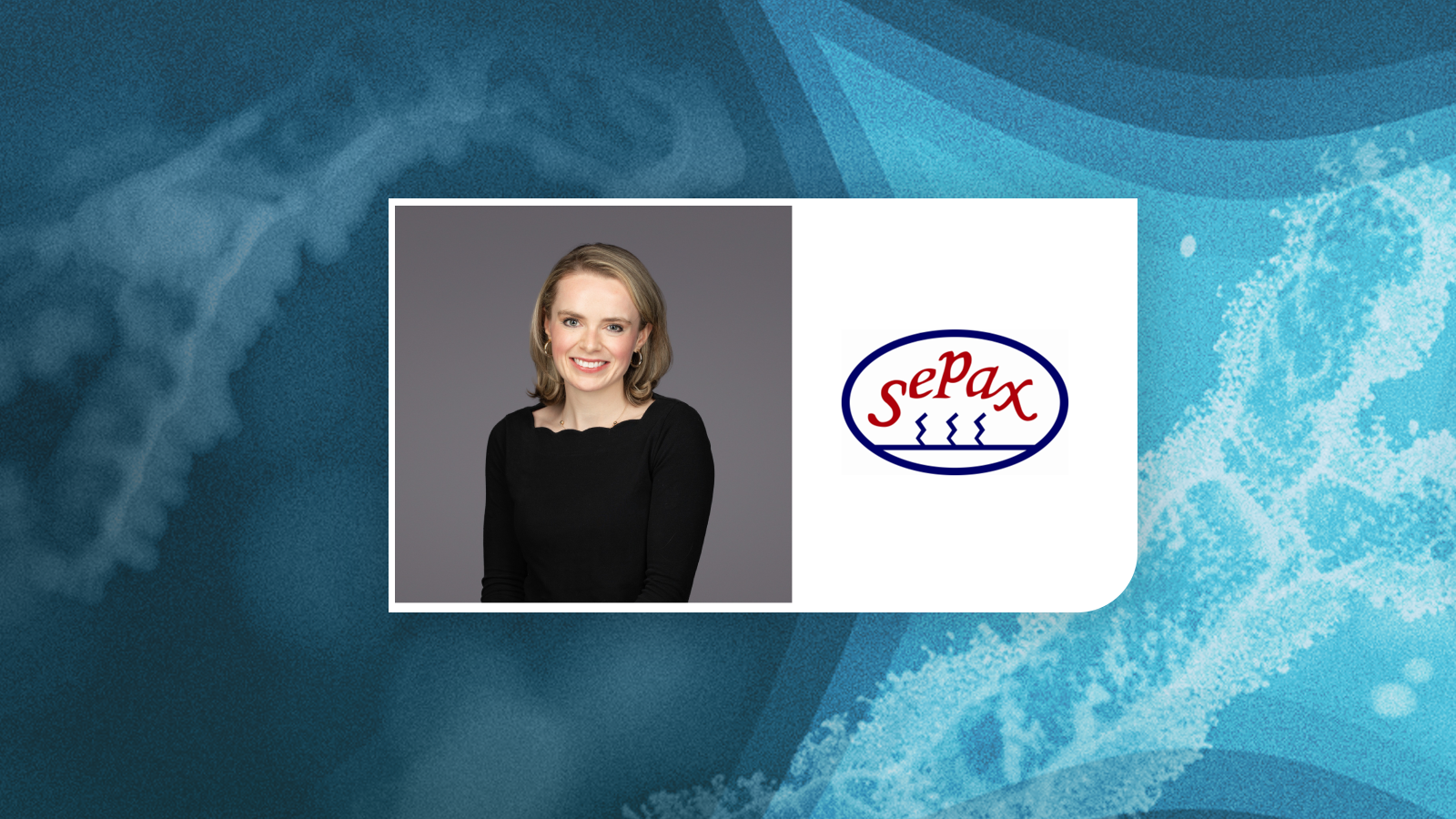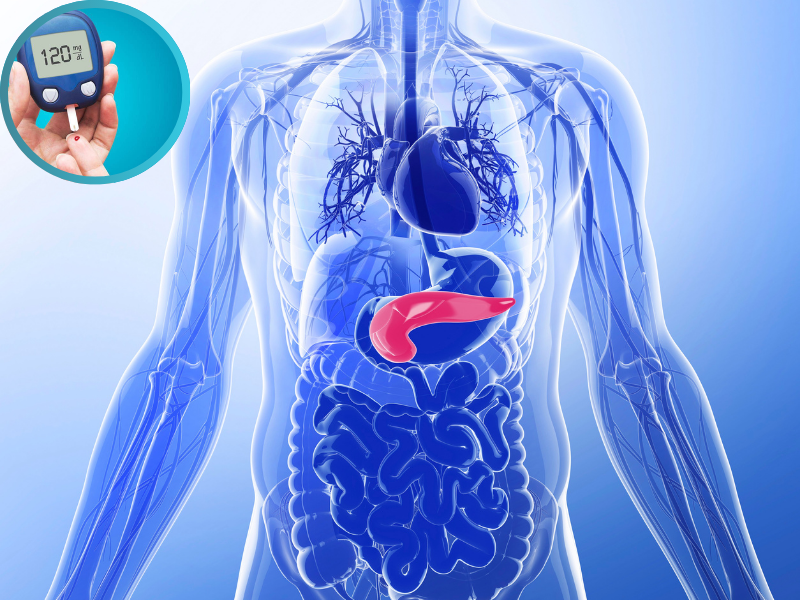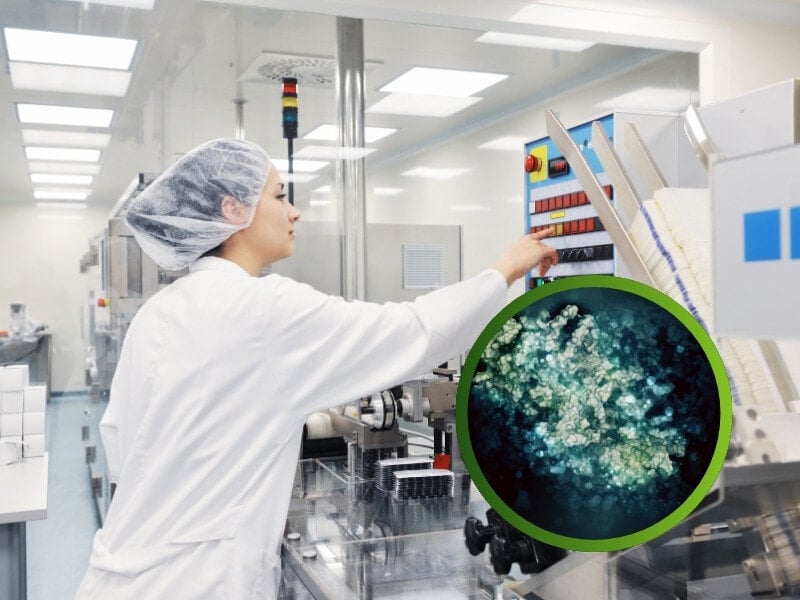2002 Nobel Prize for Chemistry: Kurt Wüthrich, Using NMR to Determine the 3D Structure of Proteins

Our previous article covered two of the chemists that took home the 2002 Nobel Prize for Chemistry for their work on applying mass spectrometry to large molecules. Here, we take a look at the third researcher who shared in that prize, Swiss chemist Kurt Wüthrich, who showed that it was possible to use nuclear magnetic resonance (NMR) spectroscopy to determine the structure of large molecules like proteins.
Much like mass spectrometry, NMR was a technique that had been applied to small molecules for some time. It was during the 1980s that Wüthrich came up with a method that saw the method eventually translate to proteins.
Using Wüthrich's techniques, NMR can be used to map the 3D structure of proteins. This has led NMR to become the gold standard for characterising binding and affinities of receptors and other molecules, making it a defining technique for the development of biochemistry. A crucial advantage of biophysical NMR is that it provides a separate signal for every nucleus within a sample which gives it site specific resolution.
Wüthrich's work outlined a method of sequential assignment which pairs each signal from NMR to hydrogen nuclei within the sample protein. Furthermore, he was also able to find out pairwise distances of those nuclei using a mathematical algorithm; it was this that allowed him to determine the 3D structure of the protein sample.
A breakthrough in this research came in 1985, where Wüthrich's method was put to work in characterising the first NMR-derived 3D structure of a protein. The protein in question was proteinase inhibitor IIA from bull seminal plasma, and this landmark characterisation opened the door for many more protein structures to be determined.
This has also paved the way for further methods of protein conformation identification. X-ray crystallography has most prolifically been used to determine 3D structures of proteins, a method which also led to a Nobel Prize for Chemistry win in 1962 for Sir John Cowdery Kendrew.
X-ray crystallography has been used synergistically with NMR. By applying both methods to the same structure, additional information about the protein within its environment can be gathered. However, NMR has its own unique advantages. These include being able to characterise a protein in solution rather than in crystal form and providing useful information on mobile sections of the molecule. Therefore, the NMR technique can paint a better picture of the dynamics of the protein.
New, innovative, and computational approaches are now being developed for the determination of 3D protein structures. Most notably are AI and ML methods like DeepMind's AlphaFold which only needs to take the amino acid sequence of a protein to find a protein's 3D conformation. These techniques showcase the wild progression that researchers have embarked on since the 1980s, but also stand on the shoulders of the great experimental methods that first kicked off the field.








